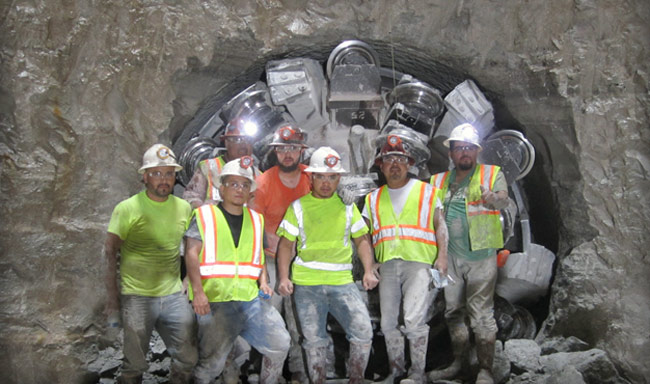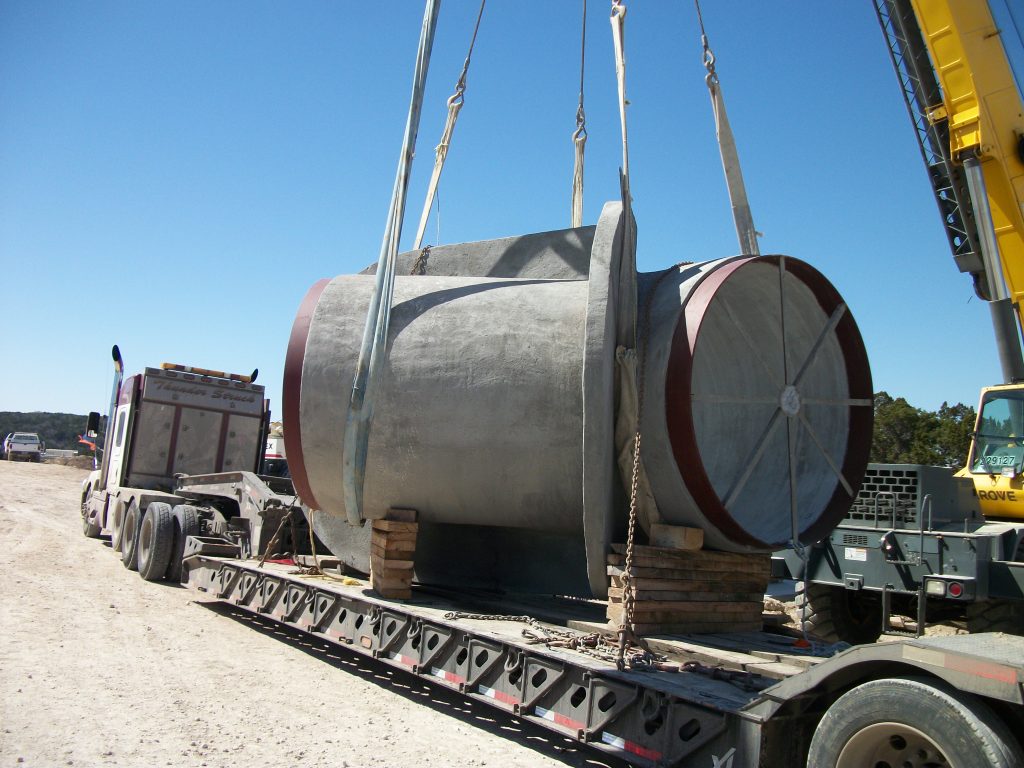Archives

Jollyville Transmission Main Tunnel – Featured Archive
Jollyville Transmission Main Tunnel – Featured Archive https://www.southlandholdings.com/wp-content/uploads/2024/06/Texas-Jollyville-breakthrough.jpg 650 384 Southland Holdings Southland Holdings https://www.southlandholdings.com/wp-content/uploads/2024/06/Texas-Jollyville-breakthrough.jpgIn the bustling city of Austin, Texas, an extraordinary engineering project lies deep beneath the surface: the Jollyville Transmission Main Tunnel. Designed to enhance the city’s water infrastructure, this ambitious project ensures that local businesses and residents have a reliable water supply. Here’s a closer look at this remarkable feat of engineering.
Project Overview
The Jollyville Transmission Main Tunnel is a crucial part of Austin’s water distribution network. Its primary purpose is to transport water from Water Treatment Plant 4 (WTP4) to the Jollyville Reservoir. Spanning over 35,000 linear feet (LF) and reaching depths of 120 to 350 feet, the tunnel was constructed to avoid disrupting environmentally sensitive areas.
Three Tunnel Boring Machines (TBMs) were employed to excavate three segments of the tunnel: 20,650 LF, 9,600 LF, and 4,750 LF. The tunnel is lined with an 84-inch prestressed concrete cylinder pipe (PCCP) and grouted in place, except for an 800-foot section under the Balcones Canyonlands Preserve, where steel pipe was used.
Key Infrastructure
Four pivotal shafts were essential to the project:
- WTP4 Access Shaft: 210 feet deep with a 13-foot diameter.
- Four Points Area Shaft: 275 feet deep with a 45-foot diameter, serving as the main working shaft for two of the three tunnel drives.
- Pard Shaft: 130 feet deep with a 31-foot diameter, located in an affluent residential area.
- Jollyville Reservoir Shaft: 350 feet deep with a 48-foot diameter, the deepest and longest working shaft.
Environmental Considerations
The tunnel passes through uniform limestone and dolomite rock, with careful planning to protect the Balcones Canyonlands Preserve. This preserve is a habitat for several endangered species, including the Jollyville Plateau Salamander. The construction team used non-invasive techniques to minimize environmental impact, particularly in the preserve area.
Innovations and Challenges
One of the standout innovations was Southland’s in-house design and manufacture of two 11-foot internal diameter double-shield hard rock TBMs, which were crucial for efficient excavation. Additionally, a custom-engineered pipe carrier system significantly increased the pipe installation rate, saving over 350 days in the schedule.
Despite the complexities, the project maintained an exceptional safety record with no lost time incidents. The success was also due in part to a robust public outreach program that ensured zero environmental impacts and garnered positive community feedback.
A Legacy of Innovation
The Jollyville Transmission Main Tunnel stands as a testament to innovative engineering and environmental stewardship. It not only ensures a reliable water supply for Austin but also exemplifies how modern infrastructure projects can harmonize with nature and community needs. This subterranean marvel continues to support Austin’s growth while preserving its natural heritage.
- Posted In:
- Archives



